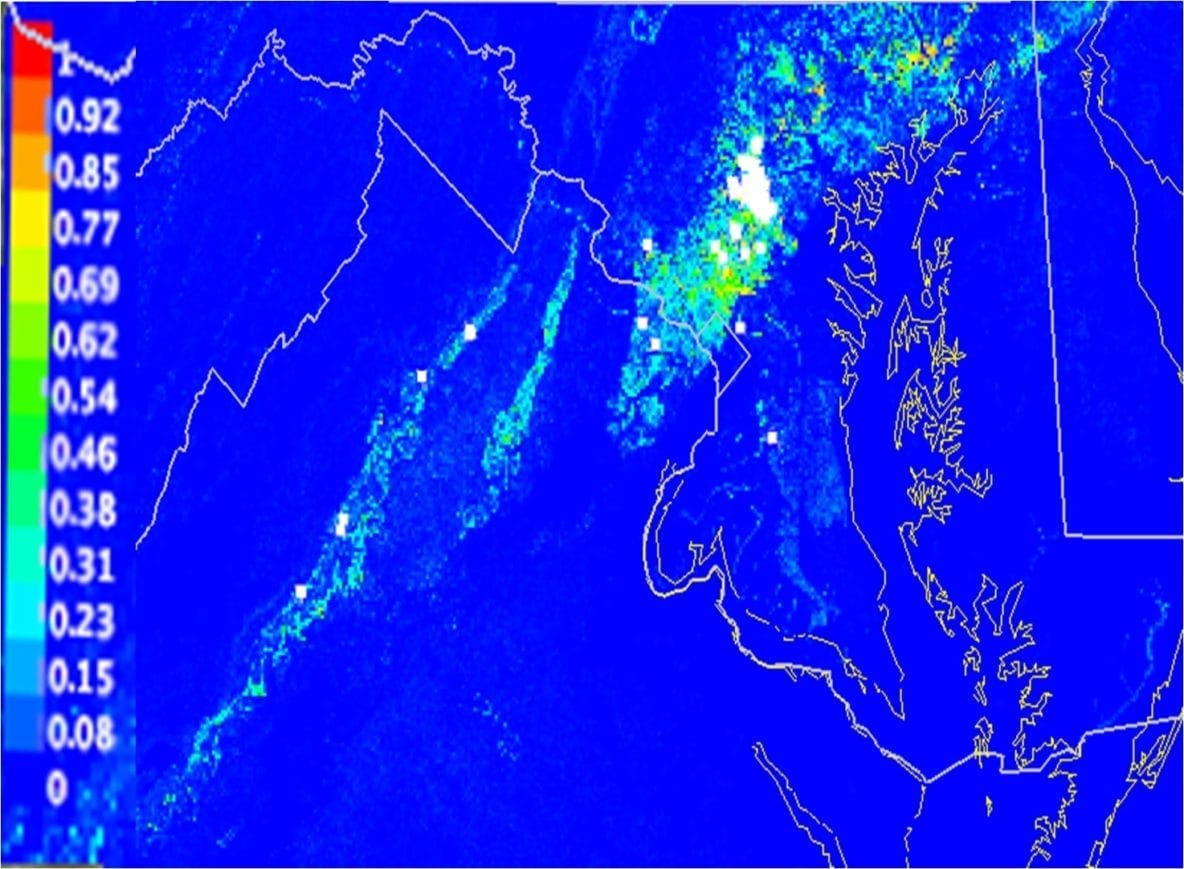"Using Computer Science to Protect Endangered Species: Solving the Species Migration Problem"

Species migration is a complex issue that is affected by many factors, including climate change. As our world becomes warmer, many species are on the move, trying to find new habitats that can support their survival. The movement of species, whether due to environmental changes, human intervention, or other factors, is a significant challenge for conservationists. Species migration is a natural phenomenon that occurs when species move from one location to another due to changing environmental conditions. However, human activities such as deforestation, climate change, and pollution have increased the rate of migration and made it difficult for species to adapt to new environments. Fortunately, Computer science can play a crucial role in helping us understand and address this issue.

One of the ways computer sciences can help is through the use of machine learning algorithms. Machine learning algorithms can analyze large amounts of data and identify patterns that are difficult for humans to detect. By using these algorithms, conservationists can predict the behavior of species and their movement patterns. This can help to create more effective conservation strategies that take into account the behavior of different species. It can also help to monitor the movement of species through the use of sensors and remote monitoring technology. These technologies can track the movement of animals and collect data on their behavior and habitat. By analyzing this data, conservationists can gain a better understanding of the challenges facing different species and develop more effective conservation strategies. For example, conservationists in Cambodia are working with a Harvard computer scientist to stop poaching by using artificial intelligence, the cloud, and smart cameras to catch poachers and track wildlife populations.

Another way computer science can help is through the use of geographic information systems (GIS). GIS is a technology that allows users to analyze and interpret geographical data. By using GIS, conservationists can create detailed maps of different environments and track the movement of species. This can help to identify areas where species are most vulnerable and where conservation efforts should be focused. It can help is by developing flexible movement models for partially migrating species. These models can help researchers understand the movement behavior of species and develop more effective conservation strategies.
In addition, computer science can help to educate the public about the importance of species migration. By using social media and other digital platforms, conservationists can reach a wider audience and raise awareness about the challenges facing different species. This can help to build support for conservation efforts and encourage more people to get involved in protecting endangered species.
Finally, computer science can help to develop new technologies that can support species migration. For example, researchers are currently exploring the use of drones to transport species from one location to another. This technology could be particularly useful for species that are struggling to adapt to changing environmental conditions.
In conclusion, species migration is a complex and challenging problem that requires innovative solutions. Computer science can play a critical role in addressing this problem by providing conservationists with the tools and technologies they need to track and monitor the movement of different species. By using machine learning algorithms, GIS technology, remote monitoring, and other tools, conservationists can gain a better understanding of the challenges facing different species and develop more effective conservation strategies. With continued innovation in the field of computer science, we can work towards a future where species migration is better understood and managed, ensuring the survival of these important ecosystems.
